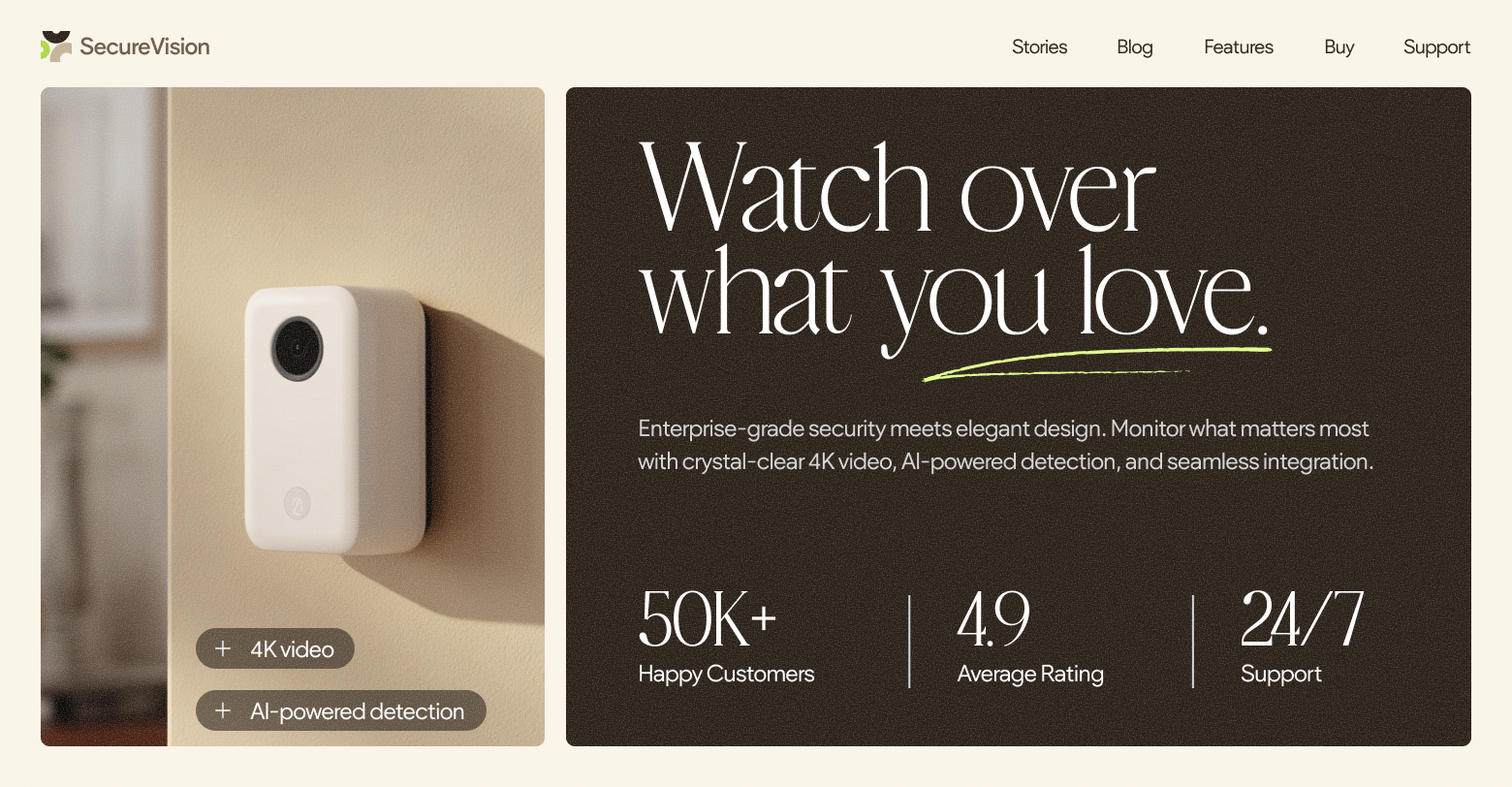Planning for a promotional event, either for your
agency or for your client's small business, can be a challenging project that usually achieves tremendous results if done right. Promotional events are typically created for businesses looking to promote their company as a whole, a new product launch, or a partnership that opens up a whole new segment of customers for a business to sell to. Promotional events are also a great way to connect face-to-face with your direct customers, especially if most of your business is strictly online only.
1) Understand Your Goal
Obviously the most important step. This involves identifying the high-level reasoning behind your intentions for the event. Are you looking to increase revenue for your online marketplace within a specific amount of time? Are you trying to generate media coverage on your latest, groundbreaking product that has yet to be unveiled? Do you want to become a thought or market leader in a specific space to increase your reputation, at least locally? Having a goal allows you to set up your event for maximum digestibility and appeal towards your targeted segment of customers, if not all of them.
2) Create your key message to communicate and identify your target audience
Is there’s a single underlying theme that you want to constantly express during your event, what is it? Is your new service the best in the industry? Are you positioning your client's company as the hottest, new thing in town that people should put on their radar? Coming up with a clear message for your promotional event will be incredibly important, as it should be clear and memorable for your target audience. At the end of the day, you want all attendees leaving your event to remember this key messages that you’ve spent a long time reinforcing.
3) Devise a smart plan to demonstrate your key message
This is where you’ll spend most of your time planning for your event. Demonstrating your key message could be several avenues. It could include inviting speakers from your company to discuss trending topics within the industry and how your company’s product continues to fix the audience’s #1 problem. Delivering your message can also be done with demo presentations, email newsletters, marketing videos to be played at the event, etc. Make sure your employees are fully aware of this key message as well, so there’s consistency throughout the event.
4) Create a strict schedule with deadlines
There’s a lot of things to to put on your calendar. Other than the high-level goals and messaging, one of the most important things to add to your schedule is reserving venue space for your event. The bigger the event, the bigger the venue. This makes it less than likely it’ll be immediately available within a two-week timeframe. Numerous materials and props may also be needed, depending on the type of events, and some may require the help of vendors such as a DJ, florists, AV techs, photographers, speaker availability and transportation to the event itself. Including deadlines makes your job easier and gives you enough time to change course if anything drastic occurs.
5) Reach out to sponsors
Sponsors can help your company tap into similar audiences and reinforce the messaging of your event. In business terms, they can also help increase your budget if your company is willing to allow a sponsor to also showcase their products. A sponsor that has ties to your customer segment can also introduce new types of customers to your company. Quite simply, sponsors can easily bridge a gap towards new horizons for your company. Wouldn’t a little teamwork be worth it then?
6) Capture your event with engaging social media
This is usually a given step in promotional event planning these days, but not all small businesses understand the value of their event living on the internet for days, weeks or even years after it’s already over. Posts on X using the appropriate hashtags can bring the attention of targeted audiences to what you’re doing. Facebook, Instagram and other social media updates highlighting your location can also intrigue nearby customers to visit your event. Don’t be afraid to engage power bloggers, industry experts and the press either, as you’ll usually end up reaching thousands more if they share your event with their followers. Of course, should you decide to throw another of these in the future, it’s easier to let your customers know how the last one went with a few links.
7) Follow up with your event attendees
When all is said and done, it’s critical that your event ends up putting more value into your business than it cost to put together. Whether that be additional media exposure, an increased customer list, or even generating a new partnership with a company that has a similar mission and/or complementing technology, it’s entirely up to you. Gathering emails, giving the attendees physical gifts or marketing flyers, or even having them buy something at the actual event, you want your event attendees to remember you and your message. If these customers come back and know that your business is a reputable solution for their need, then you can call your event a success.
Related Posts
By Ilana Brudo
•
November 13, 2025
Don't let AI-generated websites cause day-two headaches. Learn why agencies need governance and control, and how Duda's AI stack offers speed without the risks.
By Shawn Davis
•
November 6, 2025
Learn how Jared Broussard's agency scaled client websites by switching from WordPress to Duda, saving time and costs while boosting efficiency and growth.
By Ilana Brudo
•
October 30, 2025
Stop the magic, start the security. Uncover the hidden risks of AI "vibe coding" in web development and build safer websites for your clients.
Show More











